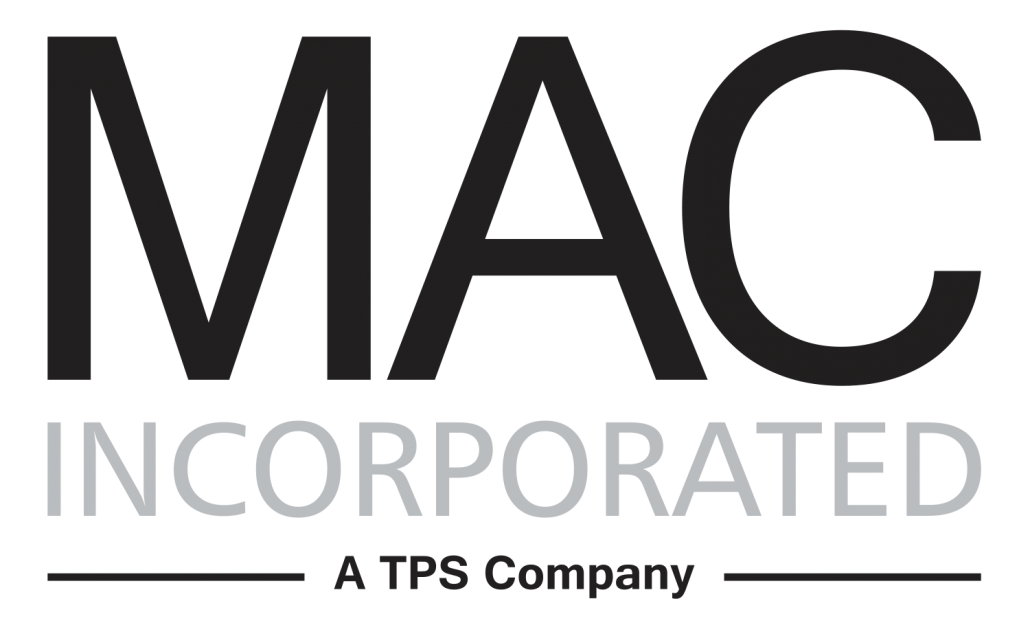Why it’s Critical to Keep Your Hazard Labels Updated
Hazardous chemicals can do irreparable harm to your workers. As their employer, it’s your responsibility to make sure all measures are taken to keep them safe.
Extra precautions need to put in place since your team is working with hazardous chemicals. The Occupational Safety & Health Administration (OSHA) has carefully label guidelines for hazardous chemicals that must be followed.
Hazard Label Guidelines
Each of your hazard labels must adhere to these six categories.
1. Contact Information
The label must contain the name, address, and phone number of responsible party, such as the chemical manufacturer or importer.
2. Product Identifier
Knowing exactly what’s inside the container is very important, so the product identifier must be clearly marked. This may include the chemical name, code number, or batch number. For consistency, the product identifier on the label must match the one used in section one of the SDS.
3. Signal Word
Used to convey the level of hazard inside the container, the signal word(s) must either be “danger” or “warning.” For these purposes, “danger” is used for only the most serious hazards, while “warning” is reserved for those of a less threatening nature. Regardless of the number of hazards presented by a certain chemical, only one signal word can be used per label. In the case that multiple hazards are present — some of a “danger” level and others in the “warning” category — only danger should be listed.
4. Hazard Statement(s)
Designed to convey the nature of the chemical hazard, the hazard statement(s) allows the reader to know the specific risks associated with the chemical. All relevant hazard statements must be presented on the label. If appropriate, they may be combined to make the message as direct as possible.
5. Precautionary Statement(s)
The precautionary statement(s) offers tips to avoid or limit the risk of experiencing adverse effect from exposure to the chemical or improper handling. The four different types of precautionary statements include — prevention, response, storage, and disposal. A forward slash indicates the reader’s ability to choose one of the precautionary statements listed. Most precautionary statements are used independently, but in some cases, they can be combined.
6. Pictogram(s)
Pictograms, graphic symbols used to convey specific chemical hazard information, serve as an additional way to keep workers safe. OSHA enforces the use of eight pictograms, while the United Nations’ Globally Harmonized System of Classification and Labelling of Chemicals (GHS) uses a ninth symbol — an optional environmental pictogram. Each pictogram has a symbol, written name, and lists the hazards associated with it underneath.
Visit the OSHA site for more information on labels and pictograms.
Need a little help keeping up with the constantly changing OSHA standards? Consult the MAC Incorporated blog. Our niche-based recruiting and staffing firm believes worker safety is paramount. Contact us today to find your next engineering, maintenance, or operations management professional!

